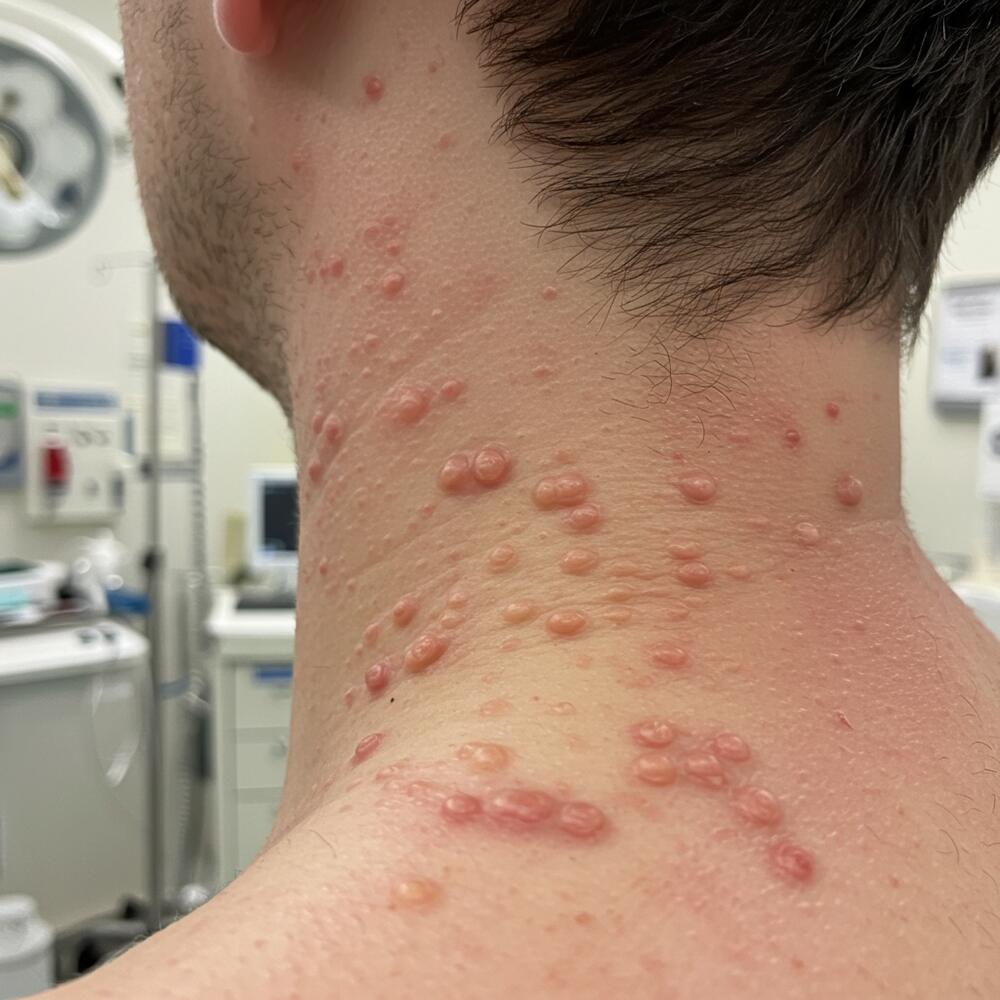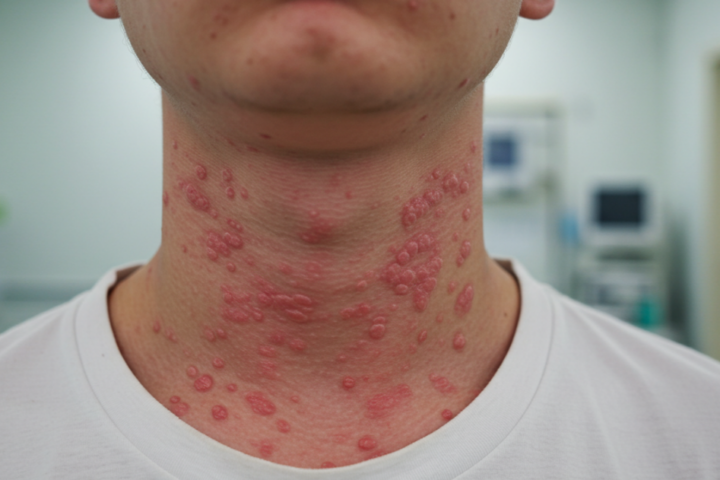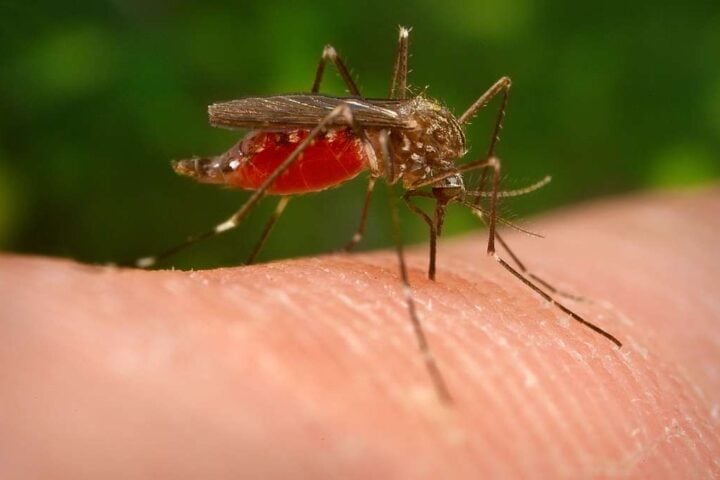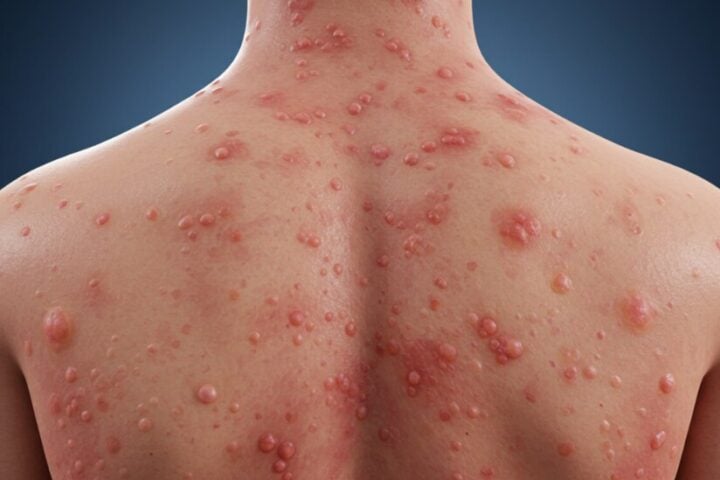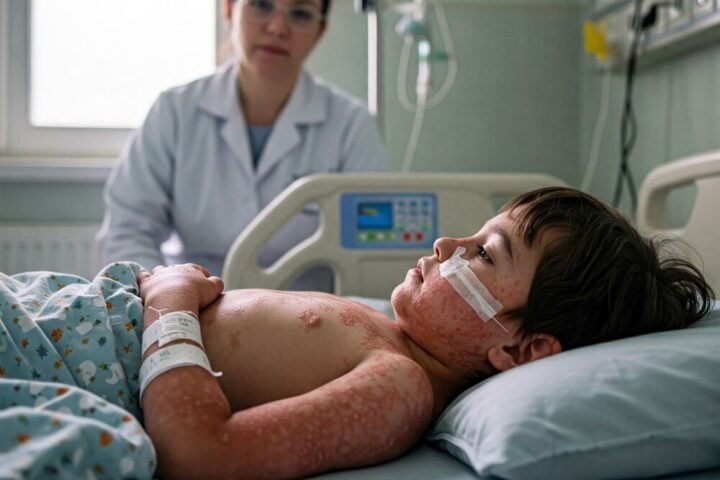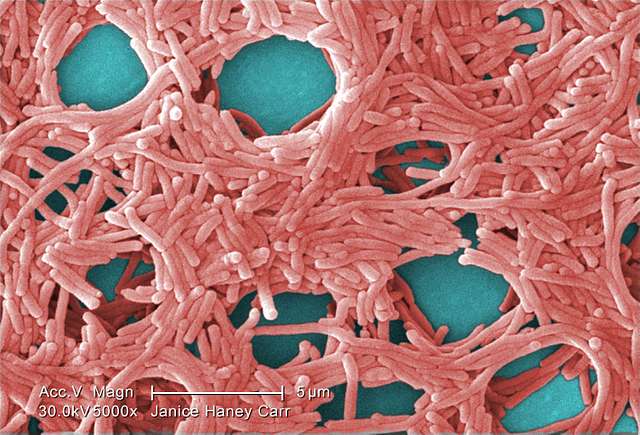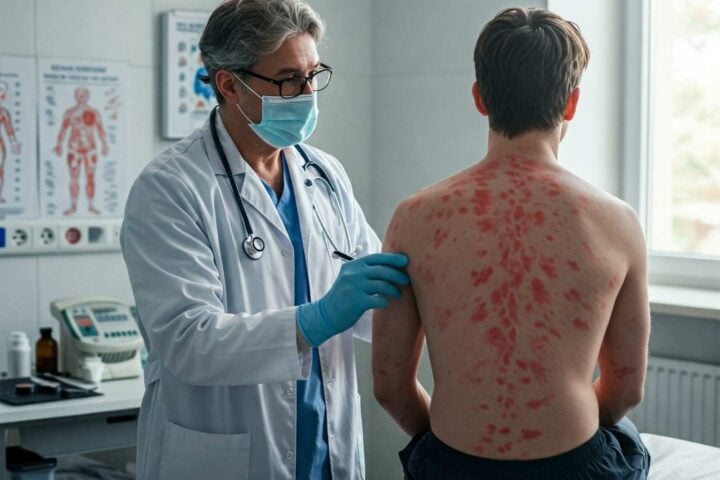The United States is facing a significant measles outbreak in 2025, with Texas at the epicenter of a crisis that has now spread to multiple states. Health officials report 422 confirmed cases in Texas since late January, with 42 hospitalizations and one death of an unvaccinated school-aged child.
This outbreak has already surpassed the total number of measles cases for all of 2024, with 483 confirmed cases across 20 jurisdictions nationwide. The disease has spread to Kansas, New Mexico, Ohio, and Oklahoma, all of which now have active outbreaks. Two unvaccinated people have died from measles-related complications since February.
“The confirmed cases in Kansas have a possible link to the outbreaks in Texas and New Mexico,” reports the Kansas Department of Health and Environment. Genetic sequencing of the first Kansas case shows consistency with the Texas and New Mexico outbreaks, though the exact source of exposure remains unknown.
The World Health Organization recently confirmed that cases in Mexico are also linked to the Texas outbreak, demonstrating the international reach of this public health emergency.
Vaccination Status at the Center of Crisis
Health officials emphasize that the vast majority of those infected were unvaccinated. The Texas Department of State Health Services reports that all but two of the state’s cases were either unvaccinated or had unknown vaccination status. Nationwide, 97 percent of this year’s cases have occurred in people who weren’t vaccinated or whose vaccination status is unknown.
“This makes it clear and undeniable that the outbreak can be attributed to the wider acceptance of vaccine hesitancy,” notes public health expert Dr. Adam Ratner, who calls the situation “a preventable tragedy.”
The measles-mumps-rubella (MMR) vaccine is highly effective, with two doses providing approximately 97 percent protection against the disease. One dose still offers 93 percent protection.
Similar Posts
Geographic Spread and Community Impact
The outbreak initially centered in West Texas but has recently spread to central Texas, with Erath and Brown counties reporting their first cases. In Kansas, 24 cases have been confirmed across six counties in the southwestern part of the state, primarily affecting unvaccinated children.
New Mexico has reported 48 cases, Oklahoma has 8 confirmed and 2 probable cases, and Ohio has 10 cases in Ashtabula County. Additional cases have appeared in Alaska, California, Colorado, Florida, Georgia, Kentucky, Maryland, Michigan, Minnesota, New Jersey, New York, Pennsylvania, Rhode Island, Tennessee, Vermont, and Washington.
The CDC defines an outbreak as three or more related cases and has identified five clusters that qualify as outbreaks in 2025 so far.
Public Health Response and Prevention
Health departments across affected states are working to notify individuals who may have been exposed, conduct contact tracing, and implement vaccination campaigns. However, declining childhood vaccination rates nationwide since the pandemic have contributed to this resurgence.
“To solve the problem of mass rejection of vaccines requires teaching the crucial lessons of the past before vaccines were available and saved lives,” says Dr. Ratner.

Health officials stress that maintaining high vaccination coverage—above 95%—is essential for “herd immunity,” which prevents diseases like measles from spreading through communities. However, more parents are claiming religious or personal conscience waivers to exempt their children from required vaccinations.
Measles is highly contagious and spreads through the air when an infected person coughs or sneezes. The virus can remain in the air for up to two hours after an infected person has left an area. While most children recover, complications can include pneumonia, blindness, brain swelling, and death.
The CDC recommends that travelers be fully vaccinated at least two weeks before international travel, as international travel is a significant source of measles cases in the United States.
Frequently Asked Questions
The current measles outbreak is significant, with 483 confirmed cases nationwide in 2025, already surpassing the total for all of 2024. Texas has reported 422 cases with 42 hospitalizations and one death of an unvaccinated child. The outbreak has spread to multiple states including Kansas, New Mexico, Ohio, and Oklahoma, with a total of two deaths nationwide since February. Health officials consider this a serious public health concern due to the highly contagious nature of the disease and its potential for severe complications.
Yes, the measles-mumps-rubella (MMR) vaccine has been proven both safe and highly effective. Two doses of the MMR vaccine provide approximately 97% protection against measles, while even a single dose offers 93% protection. Extensive research has consistently demonstrated the vaccine’s safety. The current outbreak is occurring primarily (97%) among people who are unvaccinated or whose vaccination status is unknown, which further demonstrates the effectiveness of the vaccine in preventing infection.
Measles begins with a high fever, runny nose, cough, and red, watery eyes. The distinctive rash appears 3-5 days after these initial symptoms, beginning as flat red spots on the face before spreading downward to the neck, trunk, arms, legs, and feet. When the rash appears, the fever may spike over 104 degrees Fahrenheit. While most children recover, measles can lead to severe complications including pneumonia, blindness, brain swelling (encephalitis), and in rare cases, death.
Measles is highly contagious and spreads when an infected person coughs or sneezes, releasing virus particles into the air. The virus can remain active in the air for up to two hours after an infected person has left an area. People can get sick by breathing contaminated air or by touching their mouth, eyes, or nose after contact with contaminated surfaces. International travel is a significant source of measles cases, with unvaccinated travelers bringing the disease into the country after being infected abroad.
Most adults who received two doses of the MMR vaccine as children don’t need a booster. Those considered to have “presumptive evidence of immunity” include people with written documentation of adequate vaccination, laboratory confirmation of past infection, or those born before 1957 (who likely had natural infection). However, adults at high risk for infection who were vaccinated many years ago may want to consider a booster if they live in an area with an active outbreak, especially if they have family members with measles or have underlying medical conditions that make them vulnerable to respiratory diseases.
The CDC recommends that travelers be fully vaccinated with the MMR vaccine at least two weeks before international travel. Those traveling sooner should still get at least one dose, which provides 93% protection. Travelers should also monitor for symptoms for three weeks after returning from international travel or from areas with ongoing outbreaks. Other precautions include frequent handwashing, avoiding contact with anyone who has a rash, and considering wearing masks in high-risk areas, as most transmission occurs through respiratory routes.
